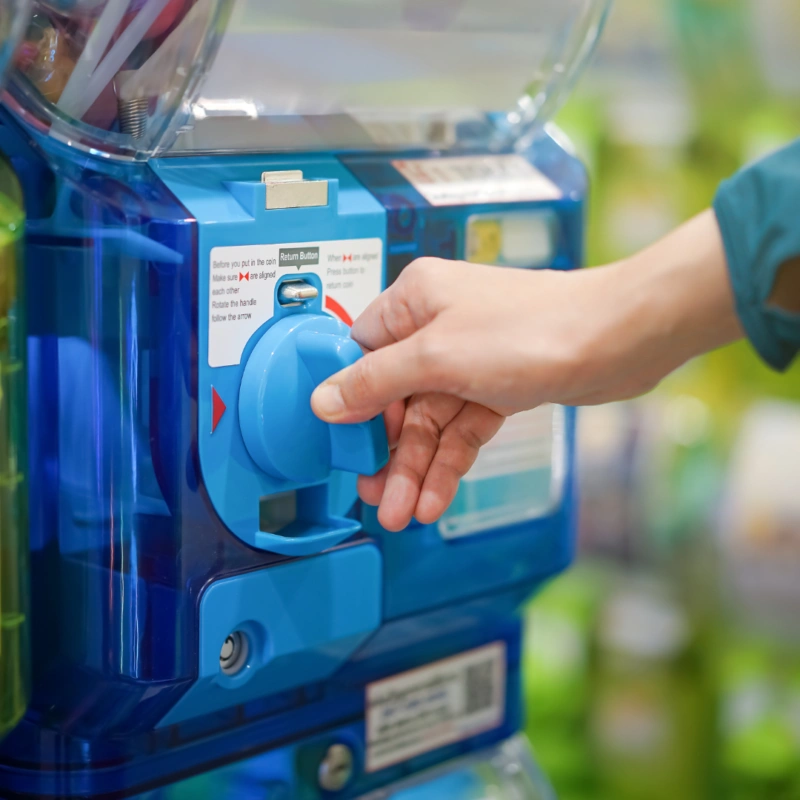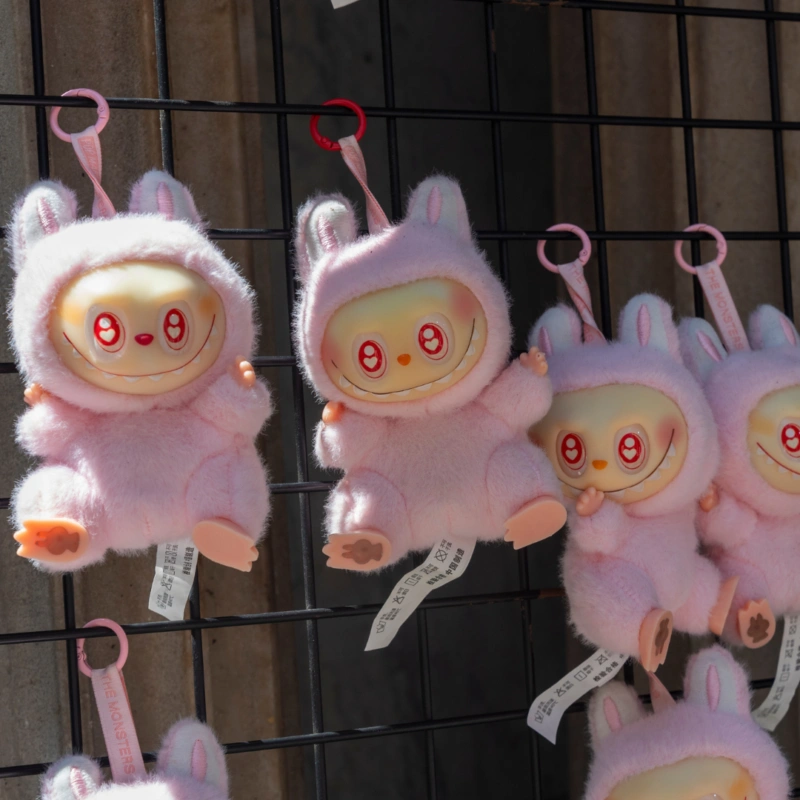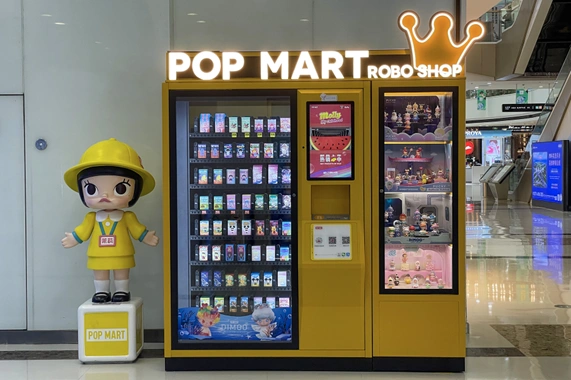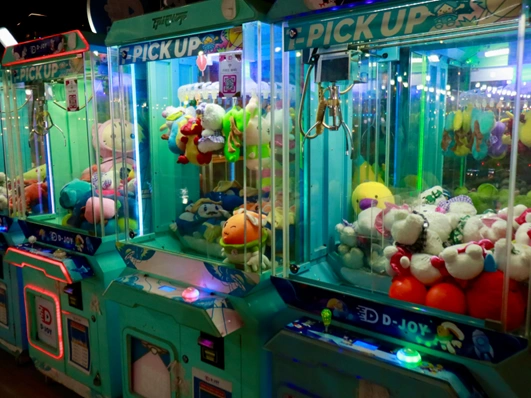What makes gambling, "gambling"?
Think about the following:
- Blind box toys
- Gacha dispensers
- Arcade games
- Playing cards/collectible cards
- McDonald’s Happy Meals
- Kinder Surprise
Now ask yourself if you consider those to be gambling.
The three elements of gambling are[1]:
- The consideration: Something you expend to be able to play, mostly understood to be money
- The prize: Something of value, mostly understood to be a cash prize
- The chance: that winning the prize is wholly or entirely based on chance.
The psychological effect of these mechanisms used together induces a thrilling effect on your brain's reward system. In particular, research has shown that the uncertainty of the risk is the key contributor to the attraction of gambling. This can produce an addictive effect, with the brain releasing dopamine, a chemical that is linked with happiness and excitement.[2]
Commonly, what most people would associate with these elements are gambling machines one could find in a casino. However, upon further inspection, we can find these mechanisms in more spaces than we think. Outside of casinos, the mechanisms are not regulated or age-restricted, posing many unknown implications.

Labubus - a case study of a social media sensation
Recently, across social media, a new sensation has erupted. The unboxing of Labubus by thousands across various social media platforms has catapulted the blind box craze among many children and young adults. But what are these? The company Pop Mart produces a range of plush figurines called “The Monsters” made by artist Kasing Lung. Among the monsters is the distinctive Labubu with big ears and toothy grin. Often these Labubus are sold in a blind box format. This format hides the toy inside to preserve the element of surprise.
This new social experience of these unboxings has created a shared experience of the “thrill”, with viewers anticipating a rare valuable toy unveiled from the blind box. Data from Pop Mart's 2024 financial report reveals a similar product to Labubu - 'Molly' - grew by 783% compared to 2023 sales data. Additionally, over 85% of the company’s total revenue comes from licensed toys and figurines, also commonly sold via the same blind box strategy[3]. This data speaks to the growth of blind box toys, appearing in the lives of many young people. It could be argued this unprecedented growth can be partly attributed to the mechanism inciting the “thrill” of the box, and the virality of the sensation seen in online spaces.

Getting “Lucky”
The psychology behind blind box toys has seen the coining of the term "blind box fever" to describe the enthusiasts who engage in repeated purchases of boxes. This means spending large amounts of money with the aim of getting figurines in the style they wanted.
This is analogous to the gambler’s fallacy, taking on the mindset that continual spending is more likely to lead to success:
If I have bought 8 boxes then surely, the next one will be the one I want.
We can also apply the sunken cost fallacy here, that continual spending is necessary to recover losses:
I keep ending up with the common ones - I have to keep buying until I finally get a rare one to make it worth it..
The uncertainty aspect of the gambling mechanisms reinforces behaviours in the consumption of blind boxes. When there is an unexpected outcome, there can be increased repurchase rates in blind boxes. This uncertainty also contributes to the consumer's surprise and expectation of what is inside the box. Younger people in particular are more likely to want a new, exciting experience; this attraction to novelty encourages young people to engage with blind boxes[4].

Who engages with these?
Figurines, cartoon characters, and plush toys are often the prize of these boxes/packs. It is unsurprising that children and young adults are the audience who are most likely to engage with them. Additionally, these mechanisms don’t discriminate by gender. While plush figures may appeal to more female audiences, sports and cartoon cards target more male audiences. Applying the same ideas of social media and the gambling mechanisms behind these toys, these young audiences then become exposed to these gambling behaviours. In turn, it now seems this repeated exposure can desensitise and normalise gambling behaviours prematurely.

So what?
Engagement with blind boxes is not a guaranteed factor for the development of harmful gambling behaviours; however, it can provide perspective awareness of gambling mechanisms present in our daily lives. Research in this field is still emerging, and it is uncertain what the implications of early exposure to gambling mechanisms in blind boxes are in later life. It is important to recognise that the mechanisms are the same whether it’s a pokie machine or a blind box.
Written by Evelyn Zhou, Public Health student at the University of Auckland, on behalf of PGF Services.

